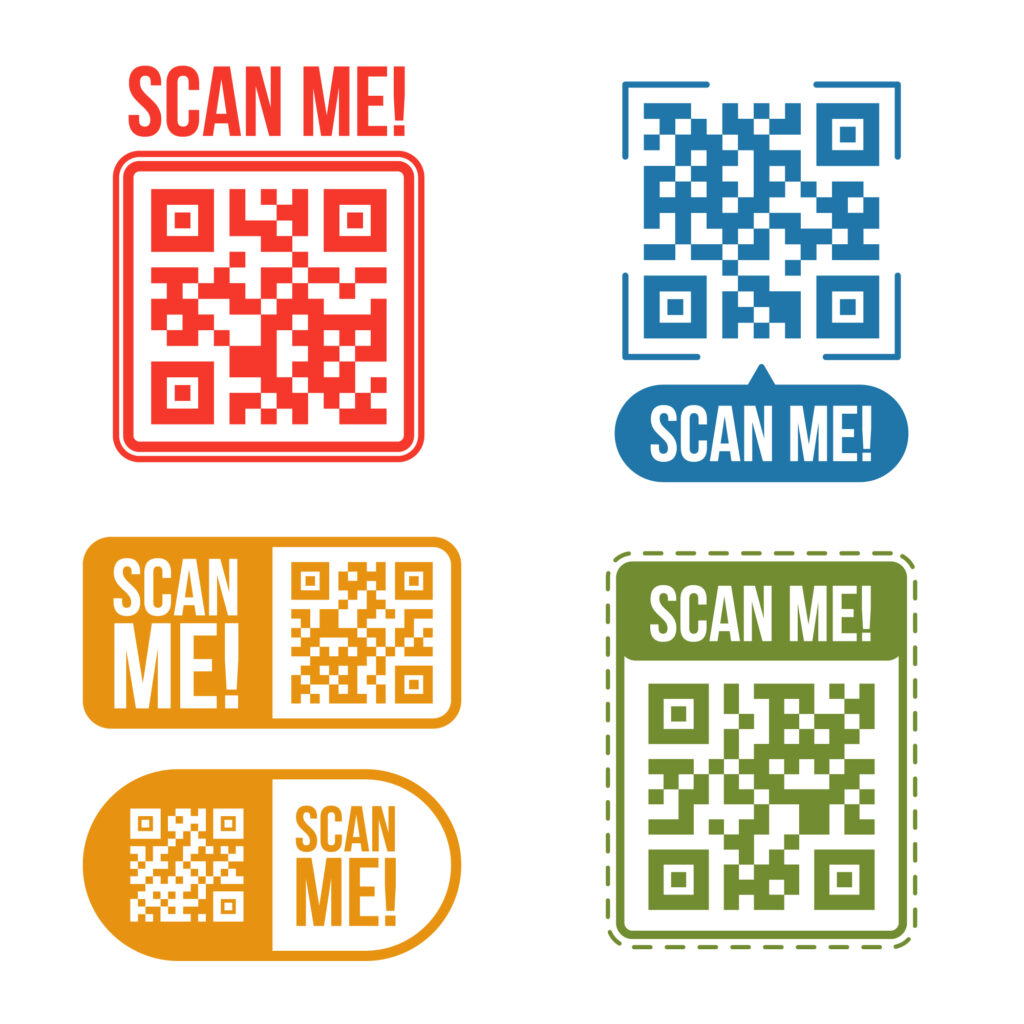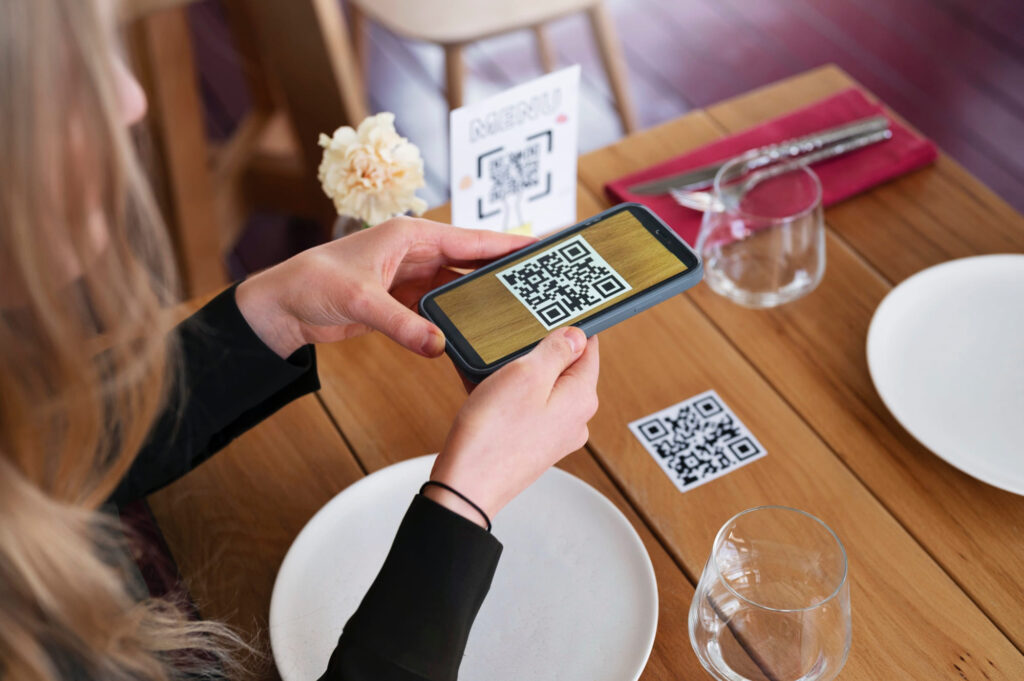QR codes have long been a part of our everyday life. They are used in marketing, sales, logistics, education and other spheres. However, when creating a regular, or static QR code, its content cannot be changed. What to do if you have already printed stickers or business cards, but need to change the link?
There is a solution - a dynamic code. In this article we will tell you what a dynamic QR code is, how to edit a QR code after it has been created, and what are the key advantages of dynamic codes.
What is a dynamic QR code?
A dynamic QR code is a type of QR code that allows you to change the content (e.g. URL) even after the code has already been created and placed.
How does it work?
Instead of a direct link, a special redirect server (intermediate URL) is embedded in the QR code. When a person scans the code, it first goes to the server, and from there to the current active link, which can be edited via a personal account or the generation platform.

Dynamic vs static code: what is the difference?
The main difference between dynamic and static QR code is the possibility of editing. A static code contains encrypted information that cannot be changed once it has been created. This means that if you make a mistake in the link or want to update the content, you will have to generate a new code and replace it wherever it has already been placed.
Dynamic code, on the other hand, gives you the ability to change content even after the code has been printed or published. When scanning, the user is first directed to an intermediate server and from there to the actual link. You can change the page address, update the file or redirect the user to a new resource at any time, while the QR code itself remains the same.
In addition, dynamic codes are usually more compact in appearance (as they contain a short link), faster to read and allow you to track analytics: how many times the code was scanned, when, where and from what device. All this makes them especially convenient for business and marketing.
Why you need a dynamic QR code: key advantages
1. Ability to edit after creation
The main advantage is that you can edit the QR code after printing. This is especially important if:
- the site's domain has changed,
- you need to replace a promotion or product,
- PDF file or video needs to be updated.
2. Statistics and analytics
Dynamic codes allow you to track:
- number of scans,
- user geolocation,
- the time and date of the transitions,
- device type (iOS / Android).
This opens up opportunities to optimize marketing campaigns.
3. Shortened reference - compact code
The dynamic code contains a short link, so it is smaller, faster to scan and suitable for application on packaging, stickers, textiles, etc.
4. Safety
You can disable or temporarily suspend the QR code if, for example, a promotion has ended or there are technical problems on the target site.

When to use a dynamic QR code
A dynamic QR code is especially useful in situations where information can change over time. For example, when launching marketing campaigns, it is often necessary to update a link - to a new promotion, landing page or form. Instead of creating a new code each time, you simply change the content of the dynamic code.
Another case is the printing of QR codes on packaging or other printing. If the code has already been printed on hundreds or thousands of copies, the possibility of editing eliminates the extra cost of reprinting. Also, such codes are perfect for temporary events, exhibitions, offline promotions, where it is important to manage links flexibly.
Finally, if you need analytics - number of scans, geography and devices - you can't do without dynamic code. It provides valuable information about how customers interact with your content, allowing you to optimize your promotion strategy.
Examples of applications
In restaurants - with the help of a dynamic QR code you can easily update the menu: if the dishes, prices or a seasonal special section has changed, you simply edit the content of the code without the need to reprint it.
In online learning - the code can lead to an up-to-date webinar schedule or course that is regularly updated. This is especially useful for educational platforms and tutors.
In manufacturing and retail - you can place the code on the packaging leading to the instructions, warranty card or product card. If the information is out of date, you can quickly replace it without changing the code itself.
In marketing and advertising - to track the effectiveness of campaigns: you can see how many times the code was scanned, in which region and from which device. This is indispensable for offline promotions where you need to link physical materials with online analytics.
Conclusion
If you are wondering how to edit a QR code after it has been created, the answer is the same - use dynamic code. It is a flexible and convenient tool that suits both small businesses and large companies. The ability to change content, track statistics and manage code behavior makes it indispensable for modern digital and offline communications.

